Penetrant Dip Line
Aerospace Liquid Penetant Immersion Line
Penetrant inspection of commercial aircraft landing gear wheels
A European based commercial airline with a significant fleet of aircraft required a penetrant inspection solution for inspecting aircraft landing gear wheels on Airbus A220-300, Boeing 737–300 and Bombardier Q400 NextGen aircraft.
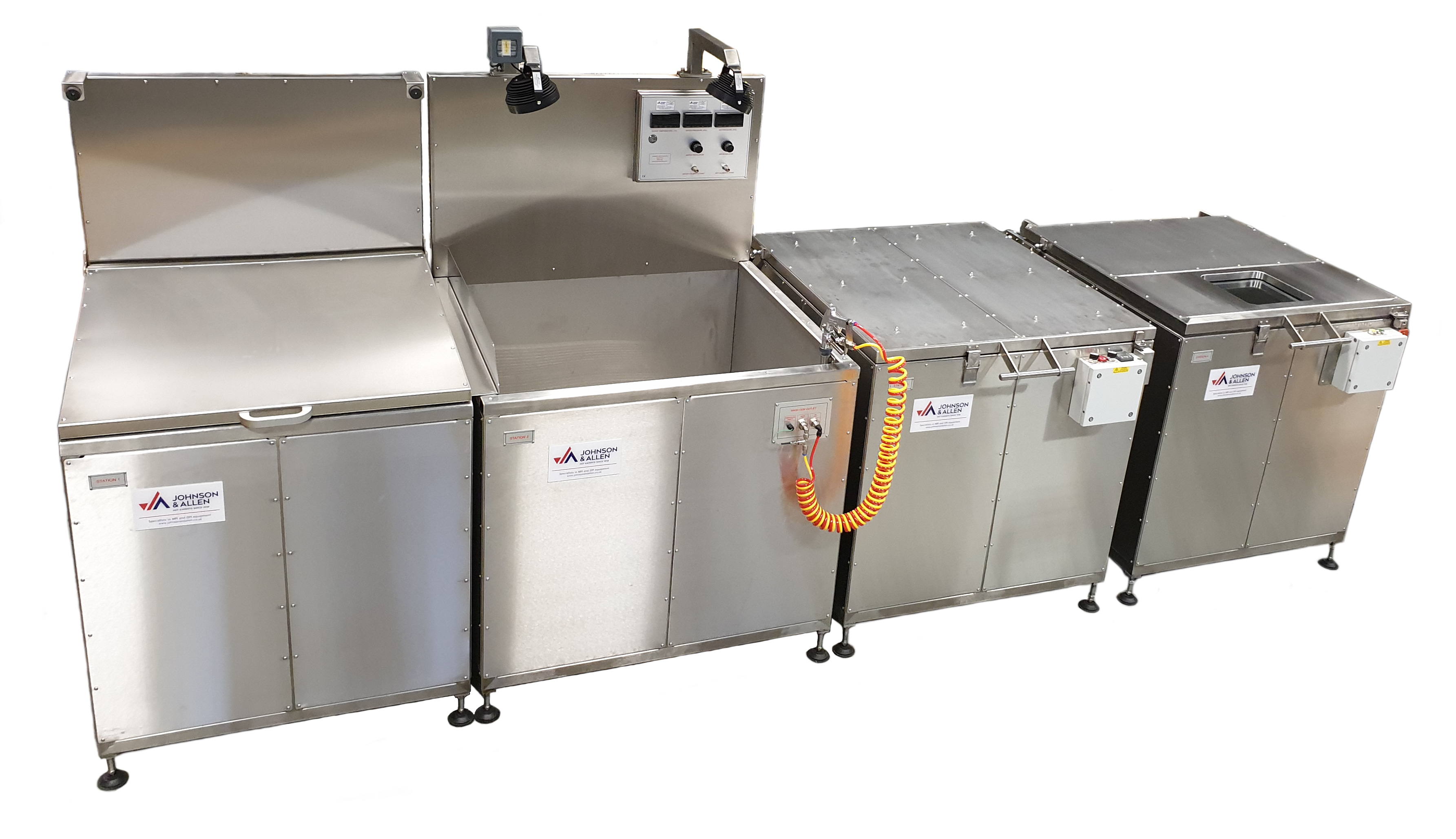
The specification was for a short FDPI line to fit in an existing facility cable of efficiently processing around 8 landing gear wheels (16 wheel halves) a day. The line would be installed in a dark room so no blackout booths were required on this occasion.
This Penetrant Dip Line was based around a ‘85 Penetrant Line’ design (850 x 850mm tanks) and includes full 304 Stainless Steel construction for longevity in service.
Penetrant Dip Tank - Immersion Method
Because of the component geometry and estimated throughout, the simplest and most economical solution to apply penetrant was using an immersion method. The wheel halves would be lowered into a tank and immersed liquid penetrant. This would guarantee that all surfaces of the wheel half would have penetrant applied to them and be extremely easy to undertake.
The Penetrant Dip Tank also featured a hinged lid with assisted lift so that the penetrant tank could be covered when not in use to reduce contamination and prolong the liquid penetrants life.
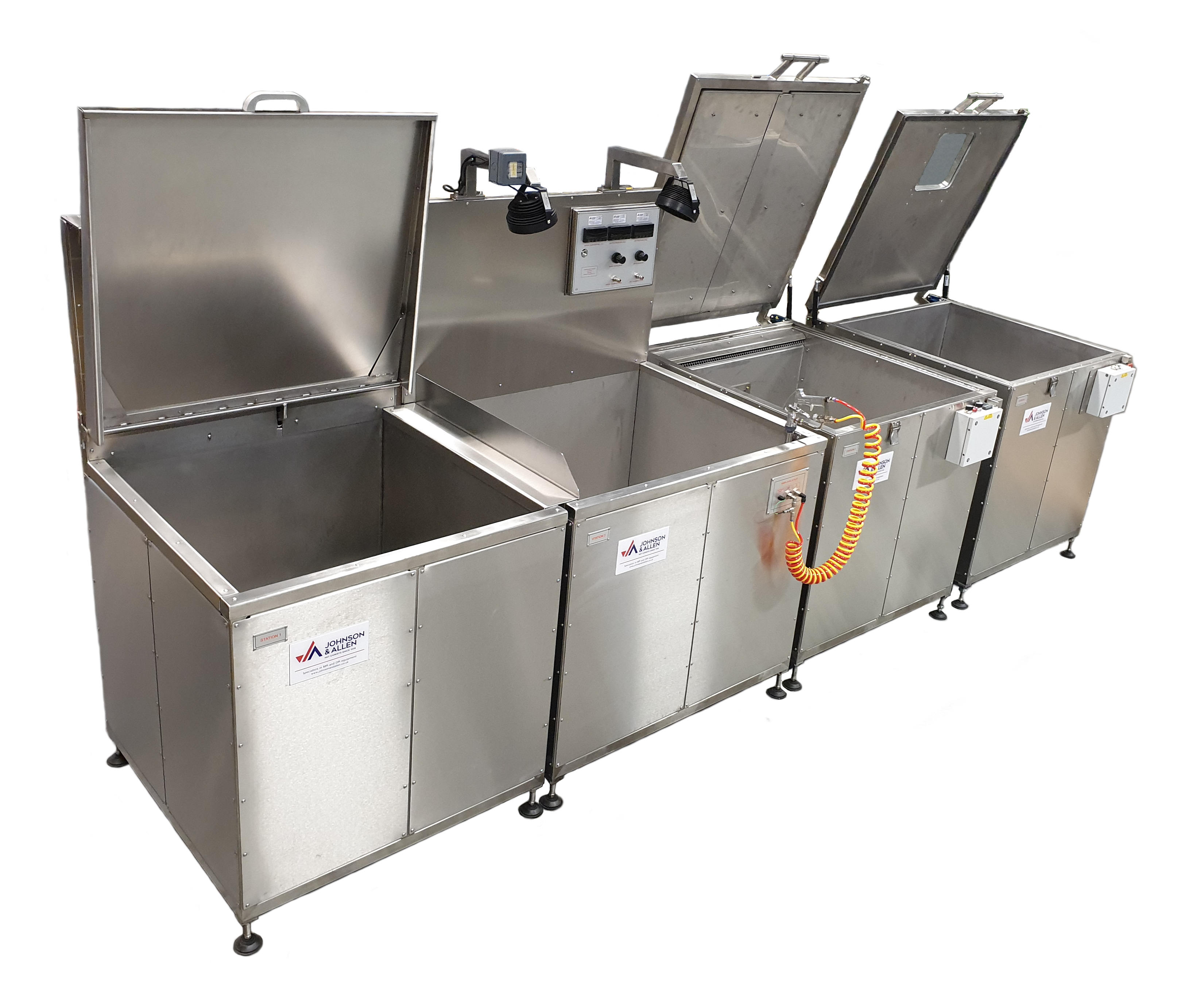
It is common to see Penetrant Dwell/Drain Stations next to the Penetrant Dip Tanks but because this line needed to fit inside a relatively small work cell, so on this occasion a Dwell Station was not included. Instead the wheel halves would dwell and drain hanging above the Penetrant Dip Tank on the overhead lifting crane hoist.
The Penetrant Dip Tank also featured a base grille and high and low level drain taps.
Penetrant Wash-Off Station
The client used a water washable fluorescent penetrant which required adequate removal (wash-off) after the dwell time. The Penetrant Wash-Off Station supplied with this line was slightly larger than the Penetrant Dip Tank to allow the operator easier access to the component when washing.
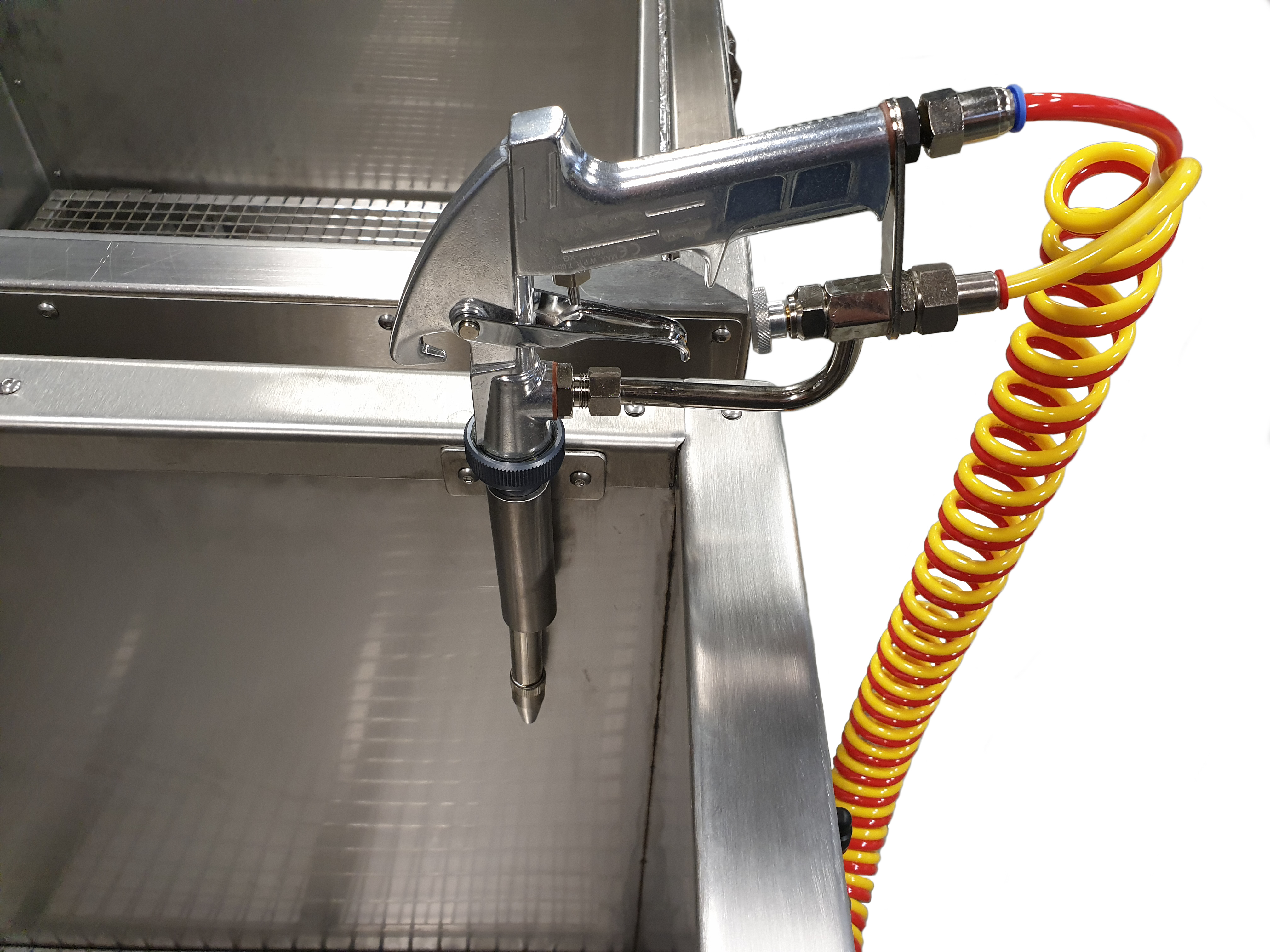
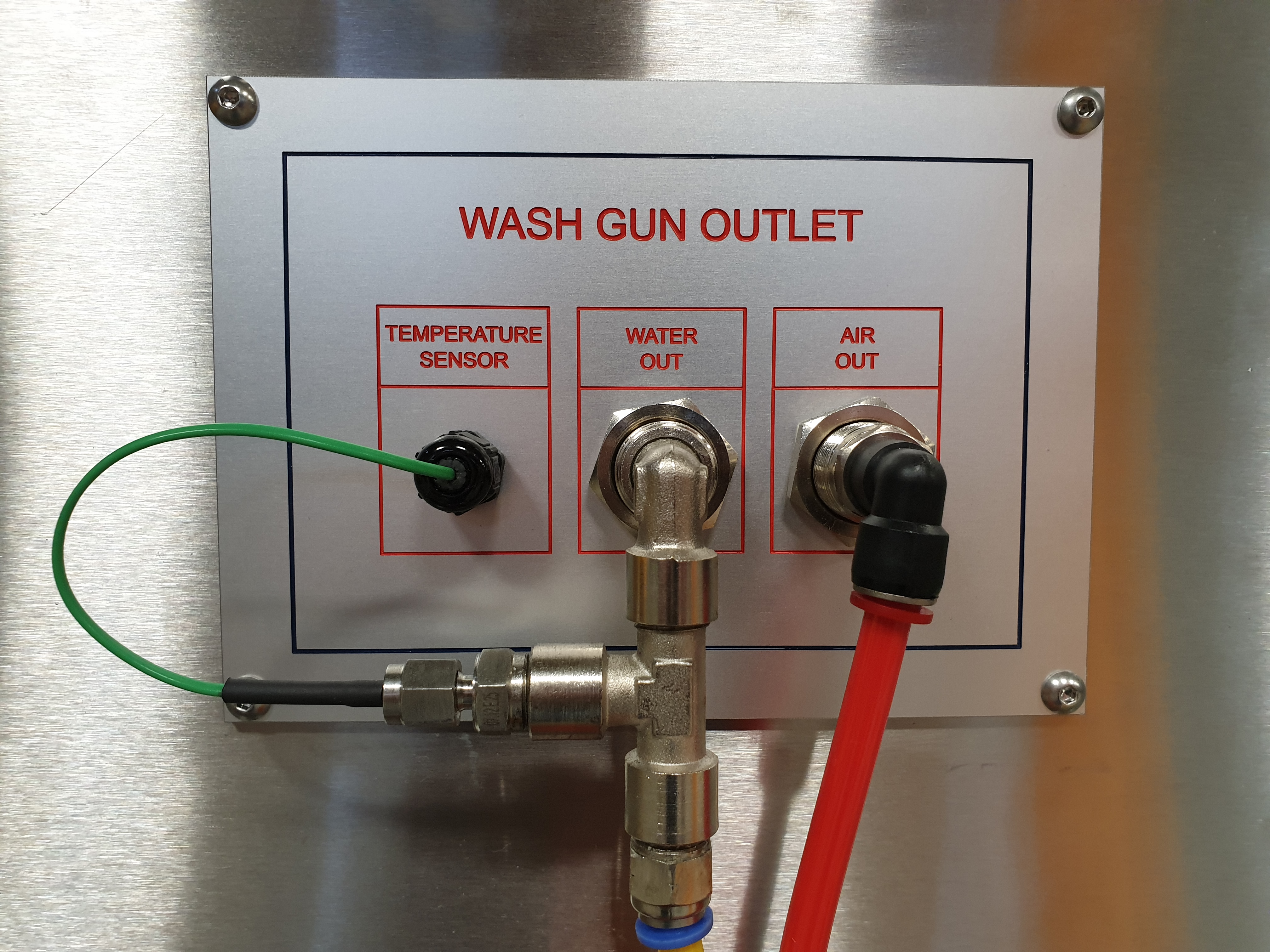
As with most liquid penetrant inspection standards the type of wash was specified, which meant the pressures of the air and water as well as water temperature had to be measured to ensure suitable conditions. These variables are displayed to the operator on digital displays on the back-splash, which is easy to read even in the dark room. To ensure the temperature requirement was always met the Penetrant Wash-Off Station also featured an integral electric water heater.
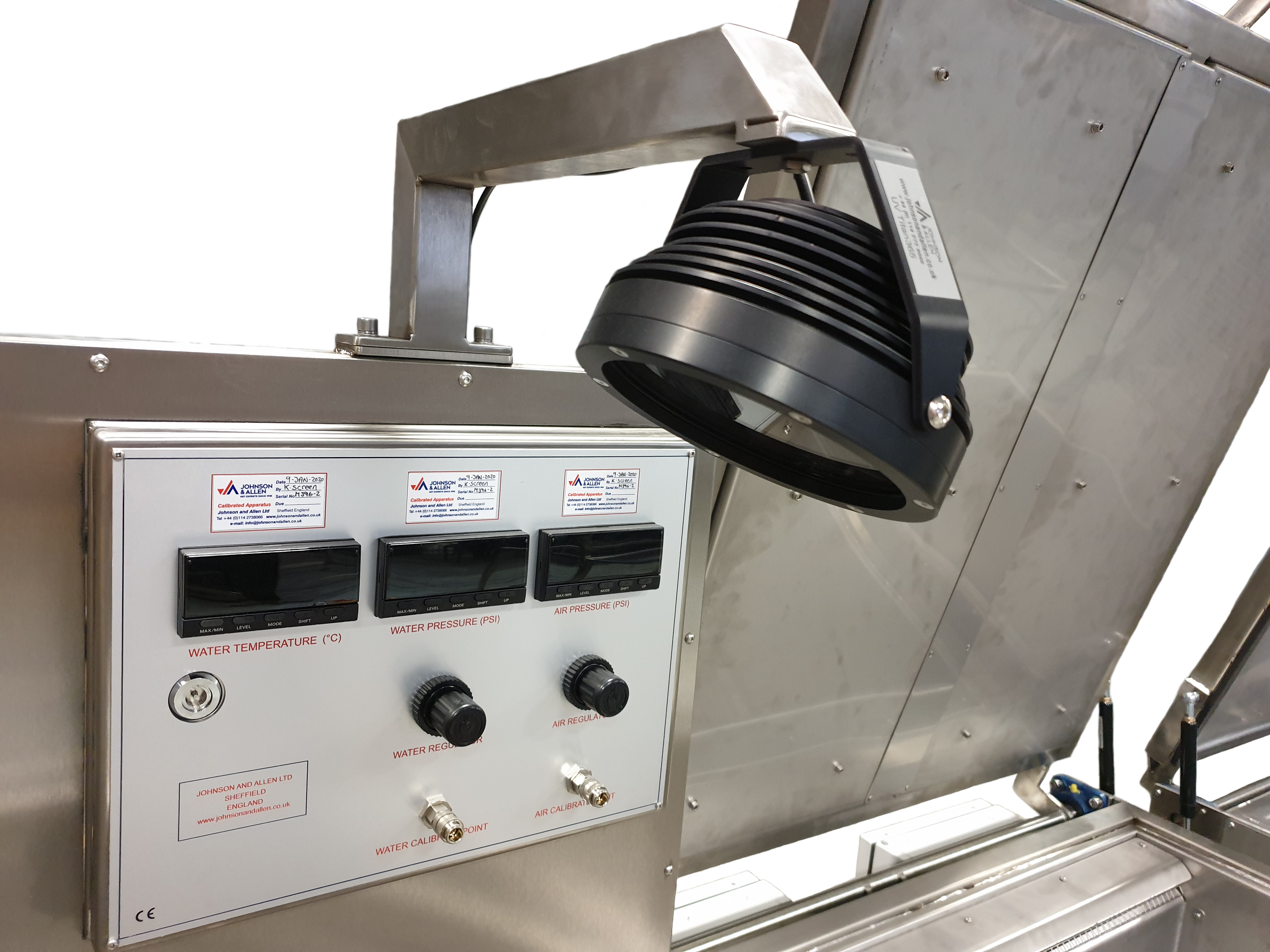
To verify that adequate wash-off suitable UV-A illumination is also required to prevent under washing which was achieved using 2 Titan UV-A Floodlights which were designed with this application in mind.
For the same reason as the Penetrant Dip Tank, the Penetrant Wash-Off Station did not include a drain area due to work cell size limitations. However as before included a base grille.
Drying Oven
The Drying Oven included in this FDPI line was a top loading design with lift assisted lid and electric heating elements.
To reduce the left-to-right profile of the line as a whole, the electronics for the Drying Oven were mounted inside a box on the rear of the unit with just a small control box at the front, which also included the digital thermostat.
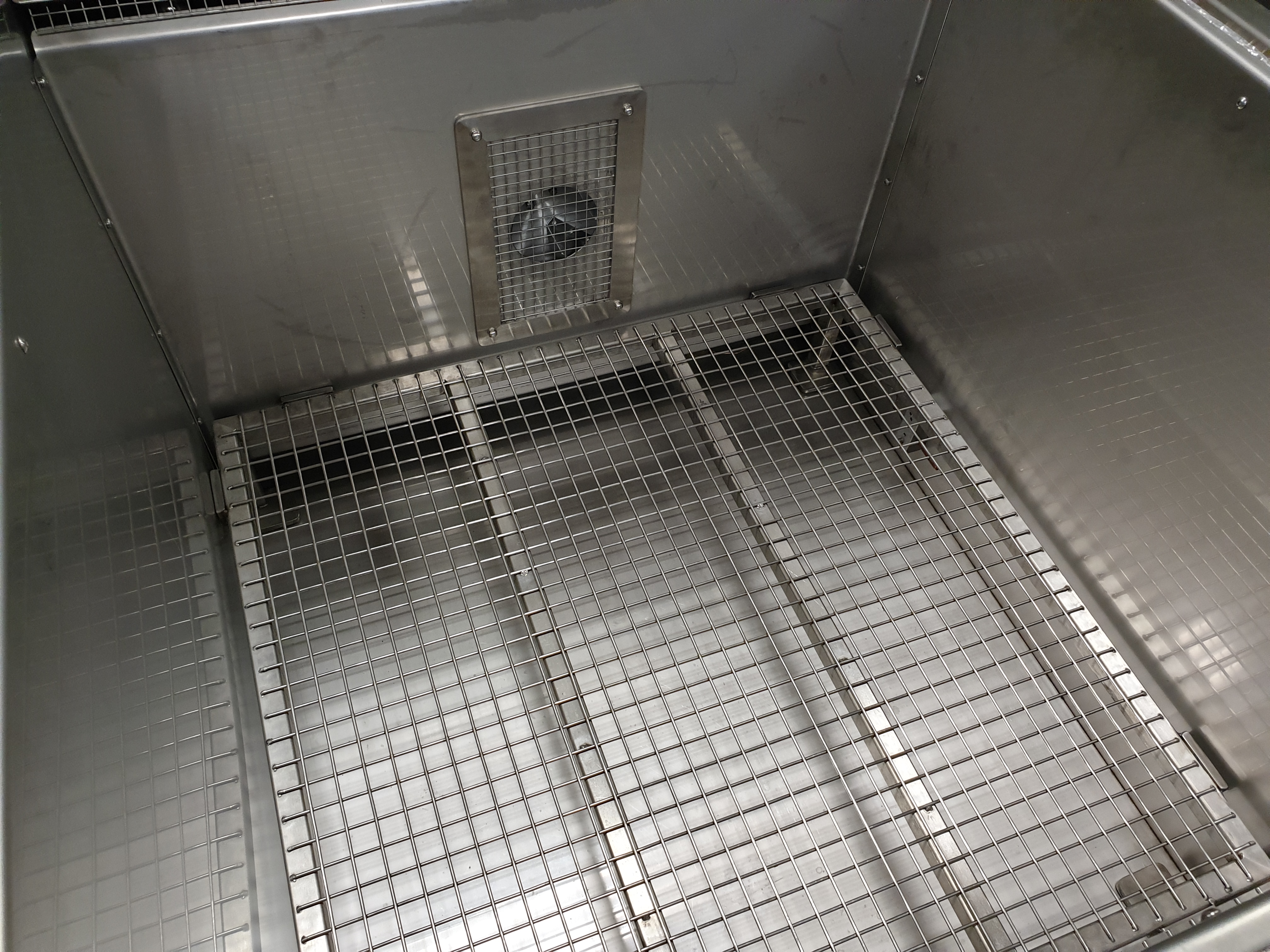
Like all Johnson & Allen Drying Ovens this one was double skinned to reduce heat loss and recirculated hot air using a fan system. This ensured that the Drying Oven quickly heated to its maximum temperature of 70°C, that the temperature is uniform and improved energy efficiency. A base grille was built into the base of the Drying Oven for support and to allow air circulation around all faces of the wheel.
Storm Cabinet
The final station supplied with this FDPI line was the Storm Cabinet for applying powder developer. The layout of the FDPI line lent itself to another top loading unit featuring a lid with viewing window which also had lift assist. This way operators can visually check that the Storm Cabinet is applying developer powder as expected.
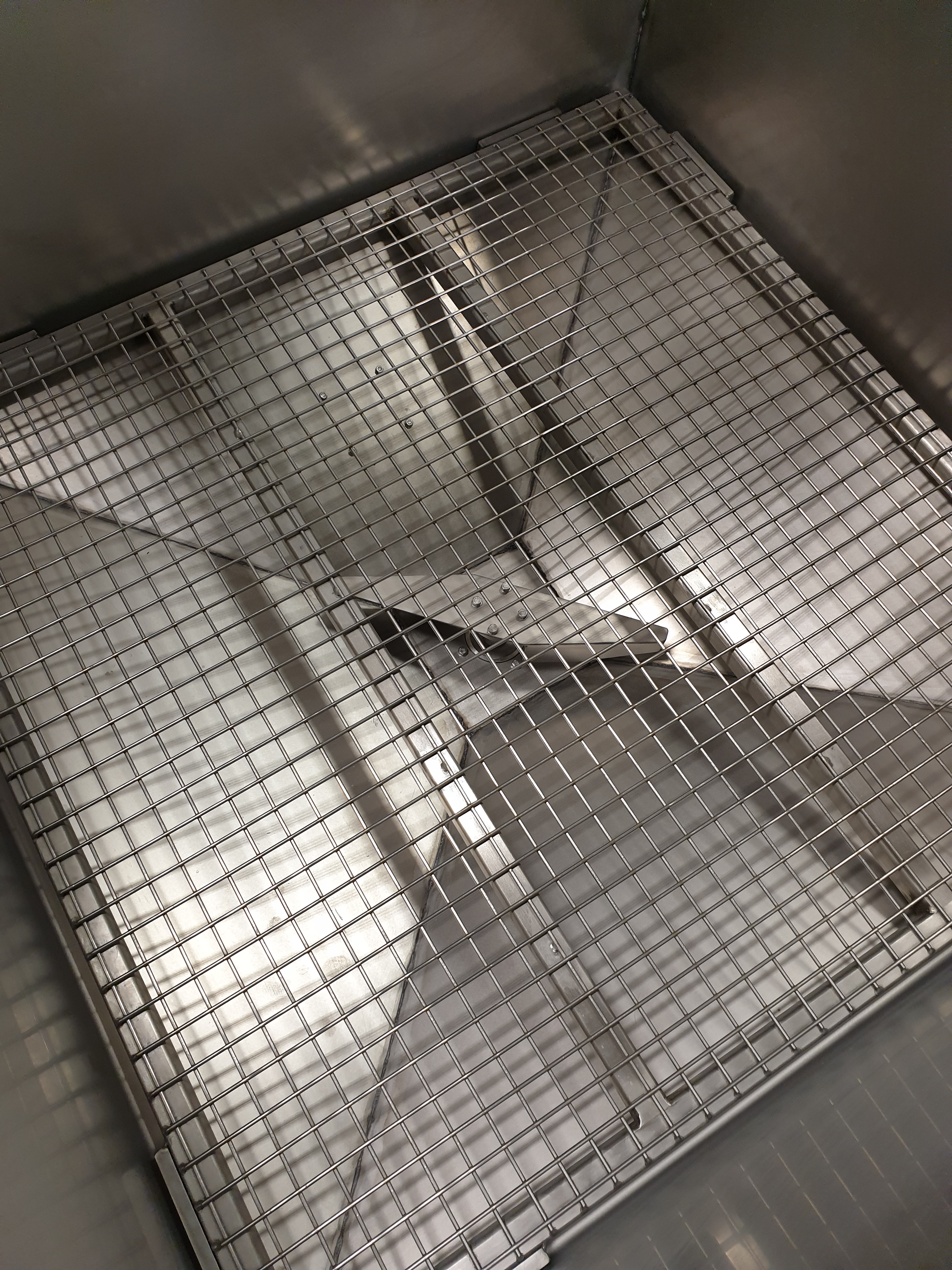
The Storm Cabinet ‘storms’ using a base mounted fan system before the powder is left to settle on the wheels over a number of minutes, typically 10 minutes.
An door interlock is used to prevent operators opening the Storm Cabinet during use and is unlocked using a release button on the front of the unit.
Designed and built in Sheffield, UK
Like all Johnson & Allen Liquid Dye Penetrant Lines this one was designed and manufactured by our skilled and friendly team in Sheffield, UK.
Johnson & Allen specialise in both standard and bespoke NDT equipment, so if your organisation has similar requirements Johnson & Allen is on hand to help. Don't settle for second best because of manufacture inflexibility.
